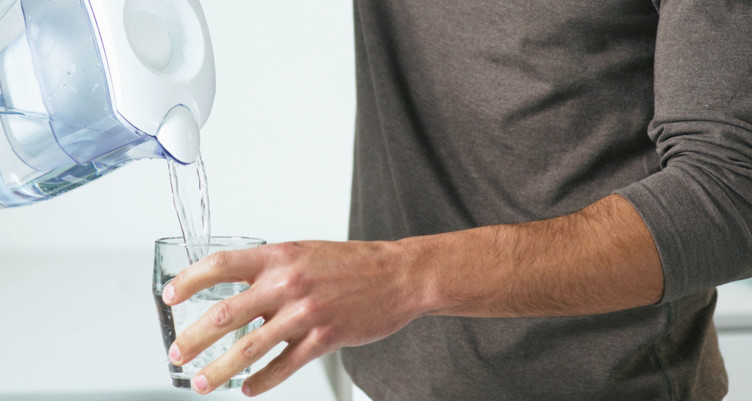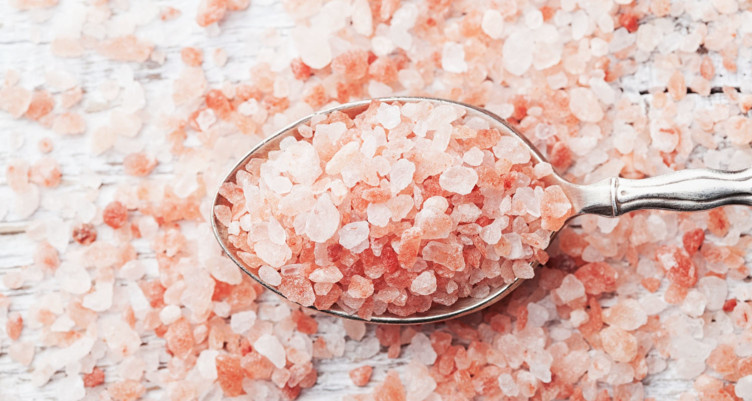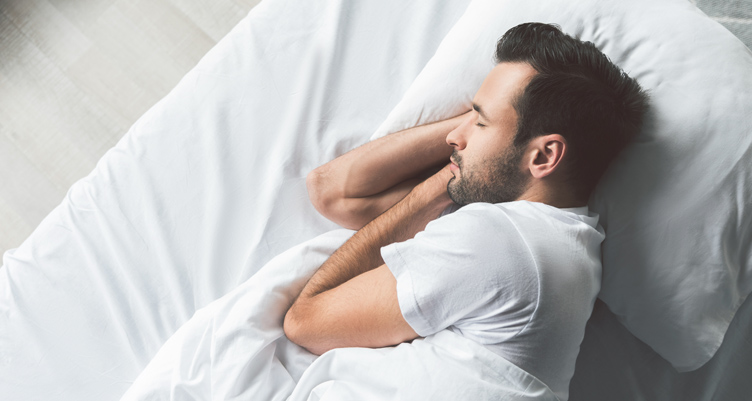What Is the Keto Flu? What to Do When Keto Makes You Crash

- You started the keto diet because you wanted energy, focus and fat burning—but instead, you’re dealing with the keto flu. What gives?
- The keto flu is your body’s natural reaction when it switches to burning fat for fuel.
- Stay hydrated, get enough sleep and add more quality fats (like MCT oil). Read on for more tips to push through the keto flu.
You’re starting the ketogenic diet, and you’re psyched to reap all those keto health benefits you’ve heard about: increased fat burning, lasting energy and supreme focus. But instead, you start to feel irritable at the breakfast table, your energy levels are dipping and you’re having trouble sleeping at night. Bad news: You’ve got the keto flu.
Switching over to fat-burning metabolism is a big change for your body. Initially, it might leave you feeling pretty lousy. Read on for a better understanding of the keto flu and how to avoid it.
What is keto flu?

The keto flu is your body’s natural reaction to the switch from burning glucose to burning fat for energy.
These flu-like symptoms appear as soon as the first 24 hours, or any time within the first week when your body starts jonesing for sugar. If you’re dealing with the following keto flu symptoms for longer than two weeks, talk to your doctor.
Keto flu symptoms[1]
- Brain fog
- Poor focus
- Headaches
- Insomnia
- Irritability
- Muscle cramps
- Muscle soreness
- Sugar cravings
When you restrict carbohydrates, your body eventually runs out of carbs to turn into energy. As you start to burn your backup energy source (fat), your body sets off the alarm bells. You’ll notice side effects like those listed above or even just an overall sense of feeling unwell.
Why keto flu happens
Here’s the low-down on what’s going on in your body to cause the common symptoms of the keto flu:
A sodium purge
When your body gets into a state of ketosis, insulin levels can drop, signaling your kidneys to get rid of sodium.[2] As your body flushes the sodium out, it takes about 10 pounds of water weight with it. This usually happens in the first five days on the keto diet.
Purging all that sodium can leave you dizzy and nauseous with muscle cramping, headaches and gastrointestinal issues like constipation. To feel better, drink lots of fluids and add plenty of electrolytes—that’ll help alleviate some of these symptoms.
Thyroid hormone imbalance
The carbohydrates you eat have an effect on regular thyroid function. So when you stop eating carbs, your levels of a thyroid hormone called T3 can fall.[3] The combination of T3 and another thyroid hormone, T4, regulate your body’s temperature, metabolism and heart rate. These reduced hormone levels may leave you with brain fog, chills and fatigue.
A bump in cortisol, the stress hormone
The T3 hormonal change is linked to another shift in hormones—specifically, your cortisol levels will start to rise.[4]
You’ll know when this happens because you’ll notice your friends and coworkers won’t want to be around you. Just kidding. But you might feel more irritable and have trouble sleeping. You’ll balance out as your body adjusts to using ketones as a new fuel source.
Related: 9 Supplements for Stress Relief
How to beat keto flu
Now that you know why you’re not feeling your best, time to start alleviating the symptoms with these easy keto flu remedies:
1. Hydrate all day

You should drink plenty of water, but this is especially true on keto. To stay hydrated, always keep a glass of water within reach. Wondering how to get enough water?
Use this handy hydration calculator: Divide your current body weight by two, and that’s how many ounces of water you need to drink per day. For instance, if you weigh 140 pounds, aim to guzzle 70 ounces of water per day.
2. Take electrolytes

Replenishing your electrolytes is a great way to start feeling better fast. Get the key players: potassium, magnesium and sodium. If you aren’t getting enough of them from your diet, which can be difficult to do on low-carbohydrate diets, try these tips:
- Enjoy a warm cup of bone broth as a snack or soothing evening drink. Try this easy bone broth recipe.
- Bulletproof Forbose gives you a dose of rejuvenating magnesium and d-ribose to help support energy production.
- Keto-friendly foods like dark leafy greens, avocados, nuts and seeds are rich (and delicious) sources of magnesium and potassium.
- Natural salts like Himalayan pink salt and sea salt are also easy ways to get a boost of minerals and electrolytes. Salt your food!
Related: Best Keto Supplements: The Ones You Want (and the Ones You Can Skip)
3. Eat more fat, especially MCT oil

To help minimize keto flu symptoms, eat more quality fats as you start the keto diet. On your keto food list, you’ll want to eat quality fats like coconut oil, avocado oil, butter and Bulletproof Grass-Fed Ghee.
But you’ll also want to make sure you add a key fat to your meal plan: MCT oil.
Bulletproof Brain Octane C8 MCT oil is the most ketogenic MCT oil. That means it quickly converts into ketone energy, which your body can use for fuel. Brain Octane C8 MCT Oil gives you four times more ketone energy than coconut oil. It’s an essential part of getting fat-burning, brain-powering energy on the keto diet.
Wondering how to use MCT oil? Bulletproof MCT Oils are flavorless, so they’re really easy to add to your diet. Try Brain Octane C8 MCT Oil in Bulletproof Coffee, mixed into salad dressings or drizzled over meals.
Related: 33 MCT Oil Recipes That Can Fit Any Diet
4. Get plenty of sleep

Fight the keto flu with a good night’s sleep. Sleep keeps your cortisol levels in check, which will likely reduce your flu symptoms. Prioritize quality sleep in your schedule as you start the keto diet (and after, too!).
Aim for seven to eight hours a night. If you’re having trouble getting enough shut-eye, try these tips to sleep better.
5. De-stress with gentle exercise, yoga and meditation

As you start the ketogenic diet, go light at the gym and don’t go pushing to beat your PR. The goal here is to reduce cortisol levels, so anything that reduces or relieves stress will help you along the way.
We’re fans of gentle yoga, walks and meditation to stay centered during times of stress. Bottom line, don’t go hard with exercise until your body has adjusted to the keto diet.
If all else fails, up your carb intake a bit. There’s no “right” way to do a low-carb diet, and you don’t have to severely limit your carb intake if it’s not working for your body.
Go slow, make micro-adjustments and soon you’ll be able to find the mix of macros that maximizes the ketogenic diet for your body.
Read next: Why Carb Cycling Helps You Deal With the Pitfalls of the Keto Diet
Sign up for early access to sales, product launches, the latest Bulletproof news and more!



